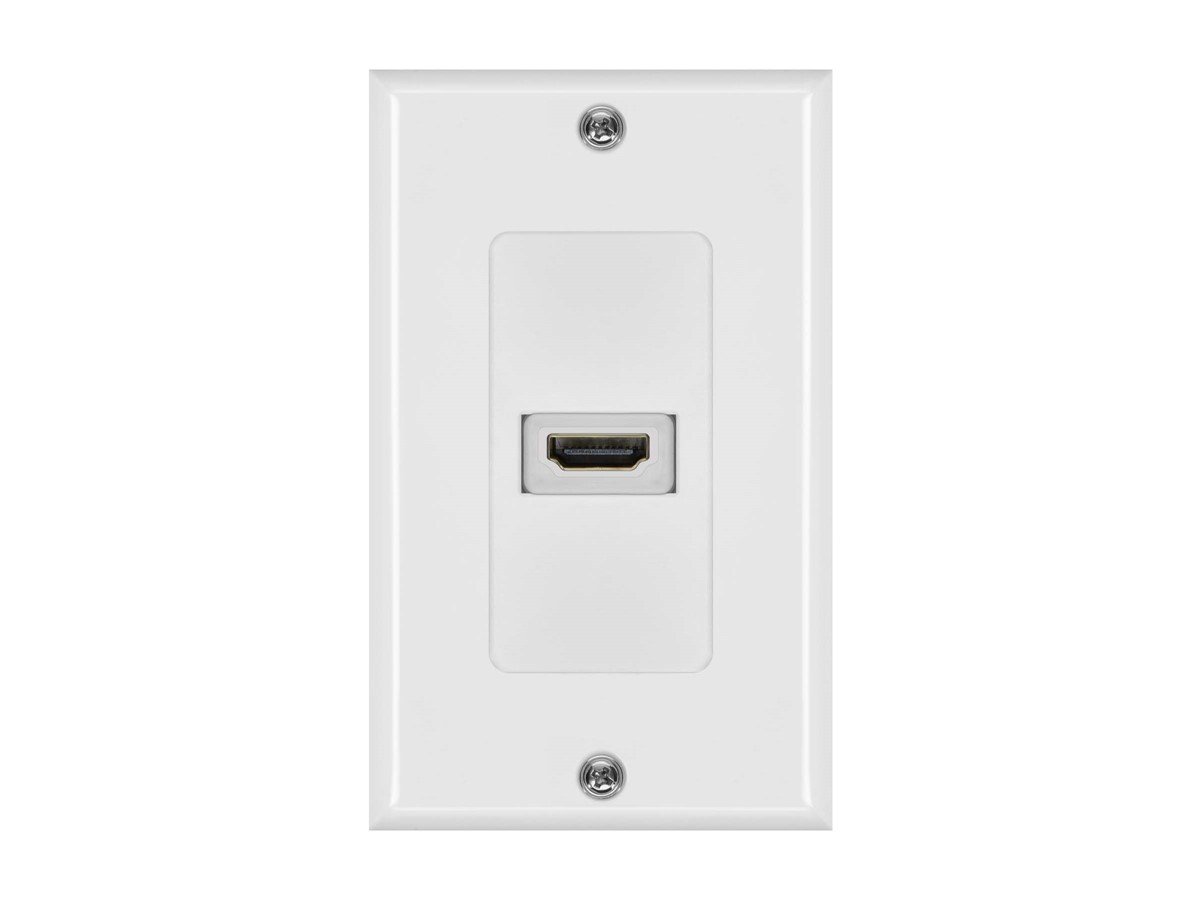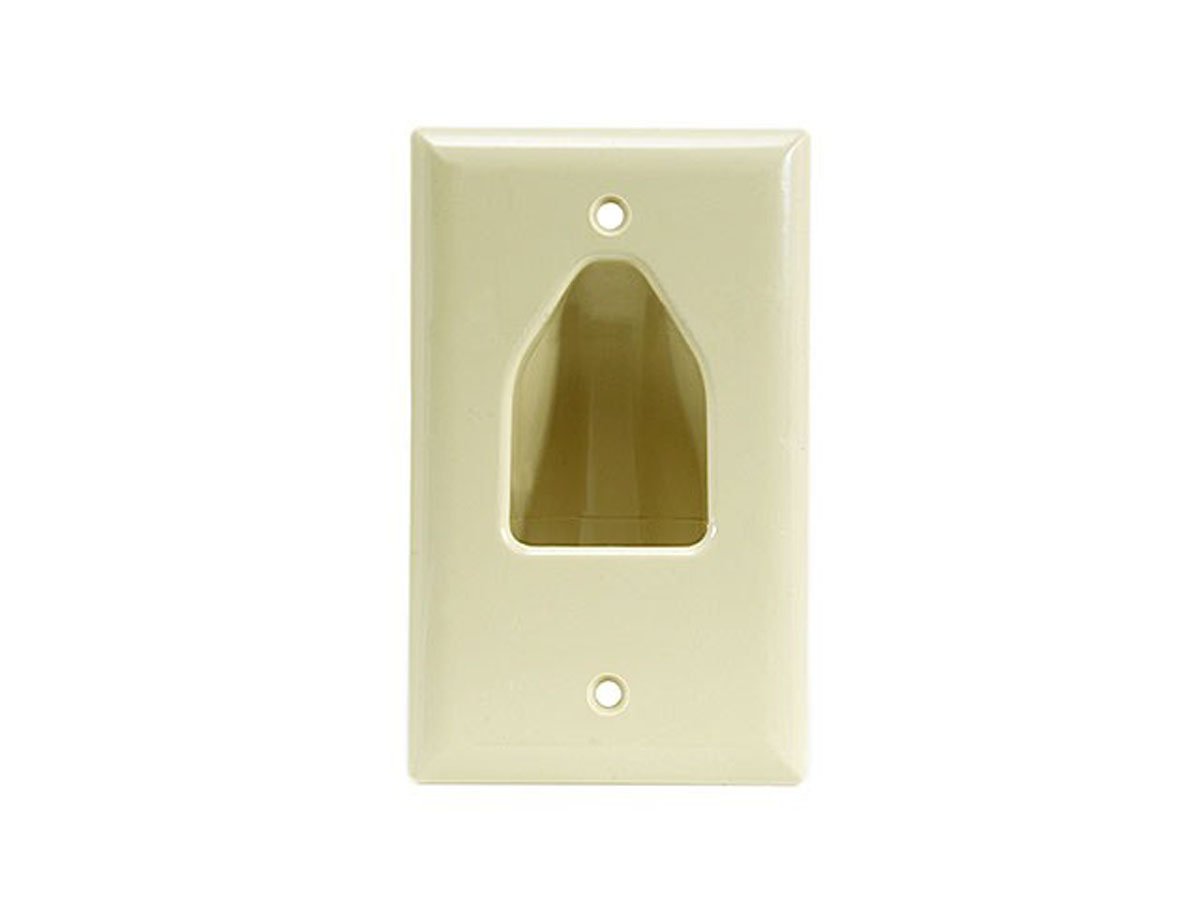Greetings,
I like the looks and idea of the HDMI wall plates such as the ones below. It looks clean and no open holes to the insulation sheetrock etc. However, I am not thrilled by all the extra connections as now instead of 1 cable (TV to device) I need to have 5 (Device <=> Wall Plate <=> In Wall Cable <=> Wall Plate <=> TV).


Or do you all typically use something similar to below and just one single cable?

For my use I am planning on having my cable box, Fire TV, and Apple TV all in a closet with my AVR. I was then going to run a HDMI cable in the wall to my TV. The in wall cable length should be no more than 25 feet.
I may or may not get a 4k TV at this time, but I would prefer to not need to run a new cable in the future if I decide to.
Thanks!
I like the looks and idea of the HDMI wall plates such as the ones below. It looks clean and no open holes to the insulation sheetrock etc. However, I am not thrilled by all the extra connections as now instead of 1 cable (TV to device) I need to have 5 (Device <=> Wall Plate <=> In Wall Cable <=> Wall Plate <=> TV).


Or do you all typically use something similar to below and just one single cable?

For my use I am planning on having my cable box, Fire TV, and Apple TV all in a closet with my AVR. I was then going to run a HDMI cable in the wall to my TV. The in wall cable length should be no more than 25 feet.
I may or may not get a 4k TV at this time, but I would prefer to not need to run a new cable in the future if I decide to.
Thanks!

